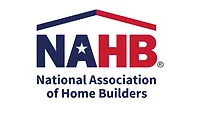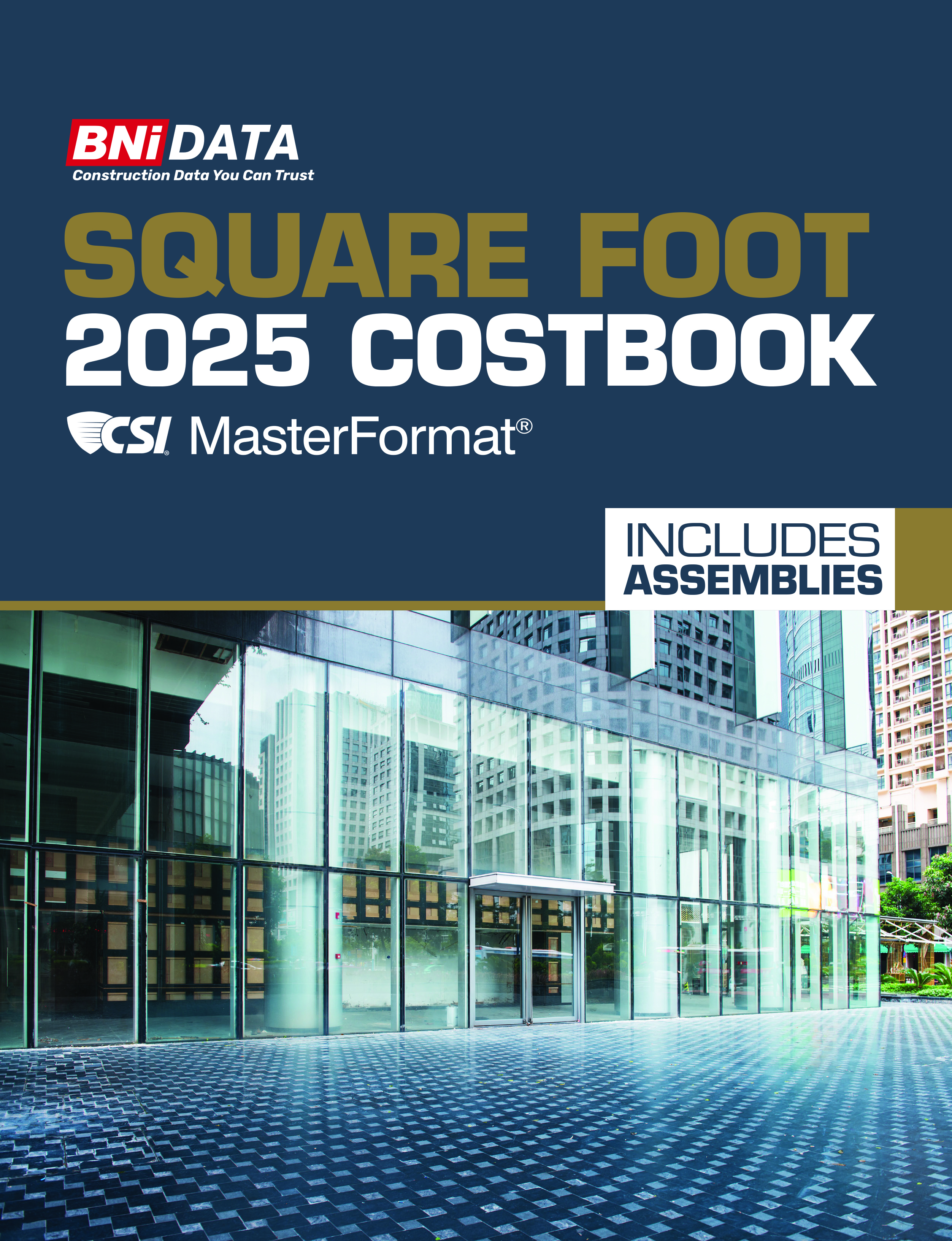A Primer on Jobsite Safety and Protection Equipment
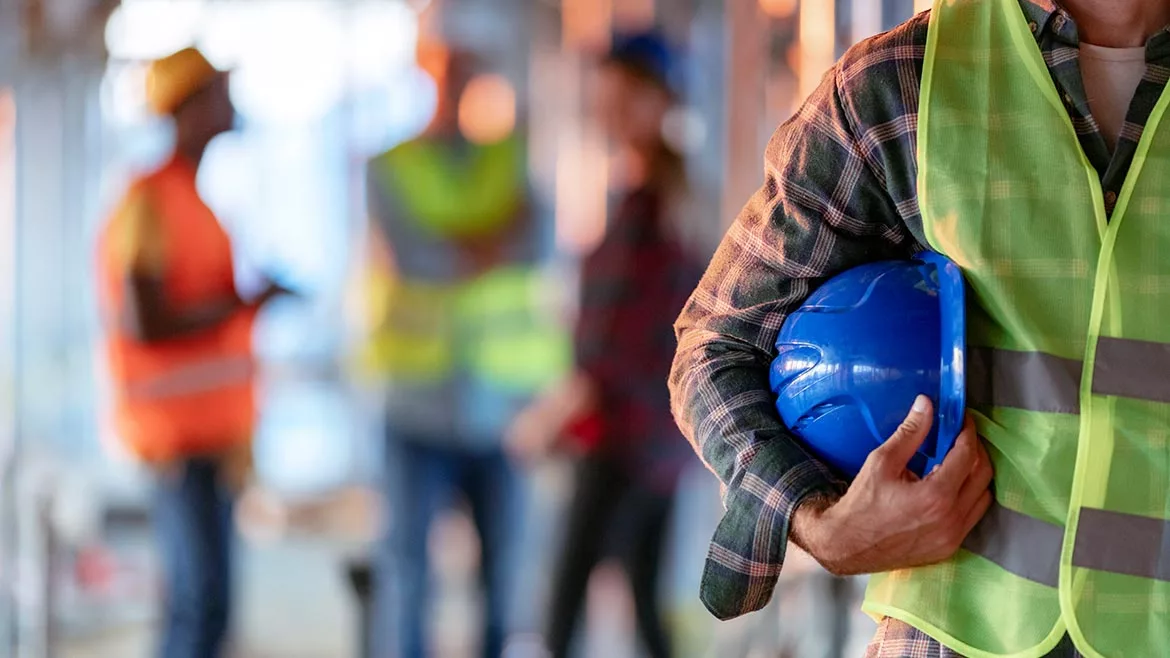
ljubaphoto/ E+ via Getty Images.
I have been in the construction industry for over 20 years, most of which has been spent in the commercial flooring world from installation to commercial flooring contractor and everything in between. During this time, I have personally seen nasty injuries where proper safety training and enforcement would have saved a lot of pain.
In 1998 I was a helper on a jobsite with another installer who had a bad habit of carrying a 4” razor scrapper in his back pocket, he was made fun of for it, but there was no real enforcement by the foreman or the superintendent. Eventually he had an accident and cut his wrist reaching back into his pouch, it was a major laceration that ended with him in the emergency room and unable to work for over a month. Plus, he bled all over our new flooring!
This was a stupid mistake, but one that a leadership attitude towards safety would have prevented. Proper safety training and enforcement is needed on every project to prevent these types of injuries. Everyone on a jobsite is responsible for safety, regardless of age or rank. I was 22 years old at the time and was scared to get fired, so I said nothing. The point here is to empower your people to call out unsafe actions and activities without the fear of being fired.
In today’s construction world, breaking safety rules can come with expensive fines from the Occupational Safety and Health Administration (OSHA) as well as put your valuable workforce at risk. Let’s get into some of the standard safety protocols.
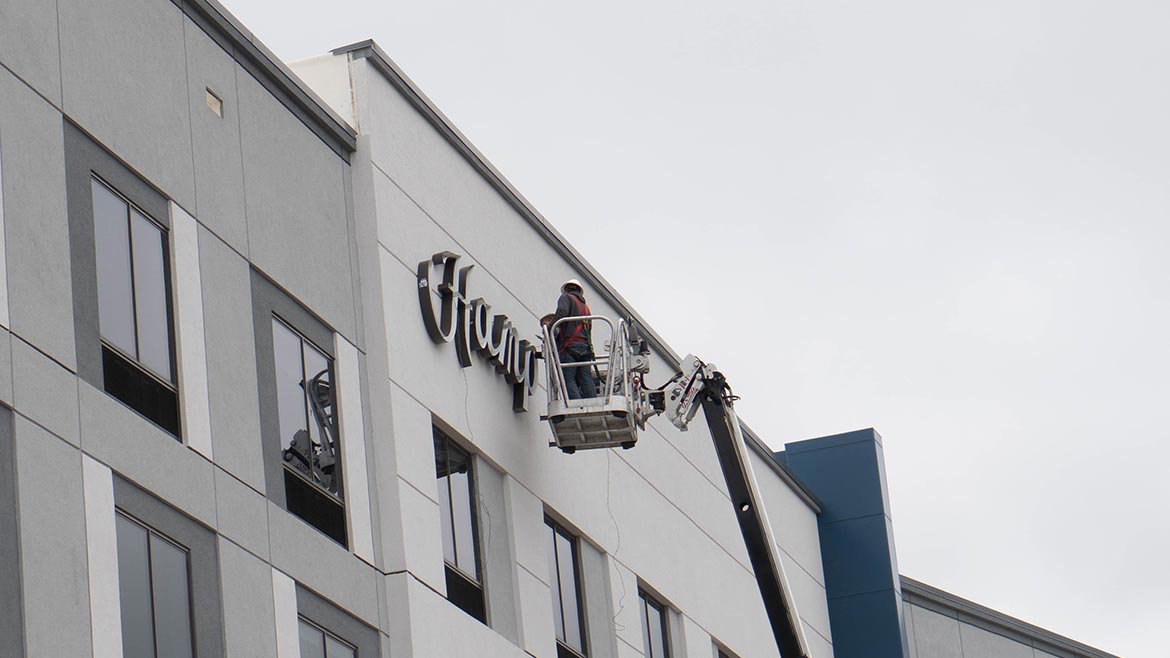
In today’s construction world, breaking safety rules can come with expensive fines from the Occupational Safety and Health Administration (OSHA) as well as put your valuable workforce at risk.
Photo: Go Carrera.
The Importance of PPE and Safety on Jobsites
Personal protective equipment (PPE) is essential for worker safety on jobsites. In any industry, there are numerous potential hazards that can cause serious injury or even death. Employers are responsible for providing their workers with the proper PPE and ensuring they are trained to use it correctly. The rest of this article will discuss the importance of PPE and safety on jobsites, the types of PPE available, and how to ensure workers are properly protected.
The primary goal of PPE is to protect workers from hazards that cannot be eliminated or controlled by other means. Hazards can come in many forms, such as physical, chemical, biological and ergonomic. Some examples of physical hazards include falling objects, sharp edges, falls and even chemical. Chemical hazards can include toxic gases, liquids and solids. Biological hazards can include viruses, bacteria and fungi. Ergonomic hazards can include repetitive motions, awkward postures and lifting heavy objects. In any industry, workers may be exposed to one or more of these hazards, and PPE can provide a layer of protection against them.
The use of PPE is crucial because it can significantly reduce the risk of injury or illness. According to OSHA, employers are required to assess the workplace for potential hazards and provide workers with PPE that is appropriate for the specific hazard. Employers must also ensure that the PPE fits properly and is maintained in good condition. Failure to provide proper PPE can result in serious fines, injury or illness, and in some cases, it can even lead to death.
Types of PPE
There are many types of PPE available for workers to use on jobsites. The specific type of PPE needed will depend on the hazards present in the workplace. Some common types of PPE include:
Hard hats are designed to protect the head from falling objects, electrical hazards and other physical hazards.
Eye and face protection is designed to protect the eyes and face from flying debris, chemical splashes and other hazards. This can include safety glasses, goggles, face shields and welding helmets.
High visibility workwear is designed to make a worker more visible to other workers and trades to prevent accidents due to not being seen. This is particularly important on a construction site with a lot of moving equipment.
Respirators are designed to protect workers from breathing in harmful substances such as dust, fumes and chemicals. There are many types of respirators available, including disposable respirators, half-face respirators and full-face respirators.
Hearing protection is designed to protect workers from loud noises that can cause hearing damage. This can include earplugs, earmuffs and other types of hearing protection.
Hand protection is designed to protect workers from cuts, abrasions, chemical exposure and other hazards. This can include gloves made from various materials, such as leather, rubber and Kevlar.
Foot protection is designed to protect workers from foot injuries, such as punctures, lacerations and crushing. This can include steel-toed boots, metatarsal guards and other types of footwear.
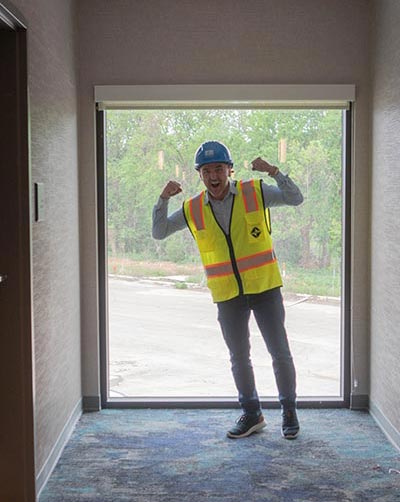
Hard hats are designed to protect the head from falling objects, electrical hazards and other physical hazards as Paul so excitedly demonstrates.
Photo: Go Carrera.
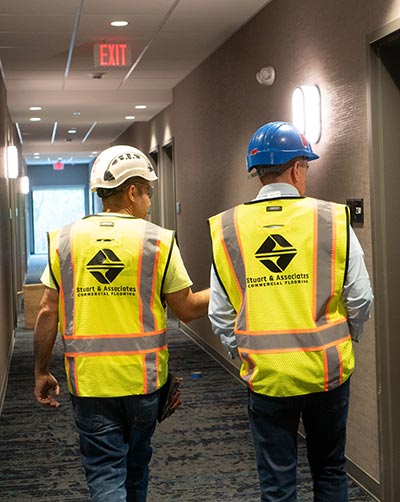
High visibility workwear is designed to make a worker more visible to other workers and trades to prevent accidents due to not being seen.
Photo: Go Carrera.
Ensuring Proper Protection
Simply providing PPE to workers is not enough. Employers must also ensure that workers are properly trained to use the PPE correctly. OSHA 10 online training is a great tool to achieve this requirement. If your company chooses to train inhouse here are a few pointers:
Training should cover how to inspect the PPE for damage or wear, how to properly don (put on) and doff (remove) the PPE, and how to clean and store the PPE. Workers should also be trained on the limitations of the PPE and when it is appropriate to use it. For example, a respirator may not provide adequate protection against certain chemicals or in oxygen-deficient environments. Hearing protection can be both a benefit and a hindrance to safety. Walking around with earmuffs on can be dangerous in the case of trying to warn the individual of a potential hazard but using while performing loud and or constant noise can save the long-term hearing of an individual. As a note, earbuds and headphones are not sufficient hearing protection and have no place on a construction site.
Employers must also ensure that PPE fits properly and is maintained in good condition. PPE that is damaged or worn may not provide adequate protection, and workers should be instructed to report any damage or wear to their supervisor immediately. Employers should also establish a system for regularly inspecting and replacing PPE as needed.
In addition to providing and maintaining PPE, employers should also take steps to eliminate or control hazards whenever possible. This can include implementing engineering controls, such as installing barriers or ventilation systems, and developing safe work practices. Employers should also provide workers with appropriate training on hazard recognition, emergency response procedures and other safety-related topics. Again, OSHA 10 online training is a handy tool for this.
Workers also play a crucial role in ensuring their own safety on jobsites. They should take the time to inspect their PPE before each use and report any damage or wear. Workers should follow safe work practices and use PPE as instructed. In some cases, workers may need to adjust their PPE to ensure a proper fit or communicate with their supervisor if they need additional PPE.
In conclusion, PPE and safety on jobsites are critical to protecting workers from injury, illness and even death. Employers have a responsibility to provide workers and themselves with appropriate PPE and ensure everyone is properly trained to use it. Workers should also take an active role in their own safety by inspecting their PPE, following safe work practices, and reporting any hazards or PPE issues to their supervisor. By working together, employers and workers can create a safe and healthy work environment that helps prevent lost time, fines and injury.
Looking for a reprint of this article?
From high-res PDFs to custom plaques, order your copy today!


